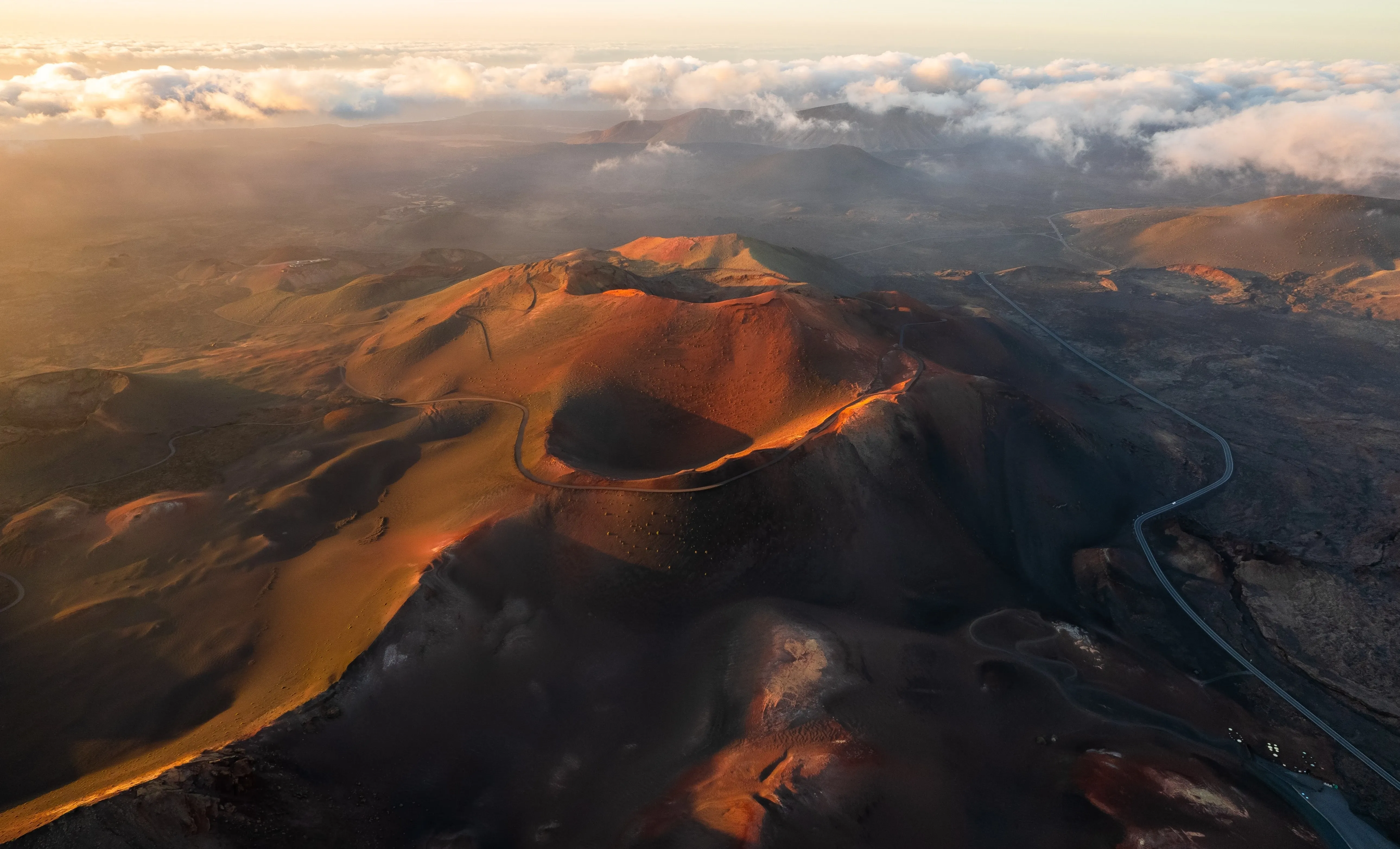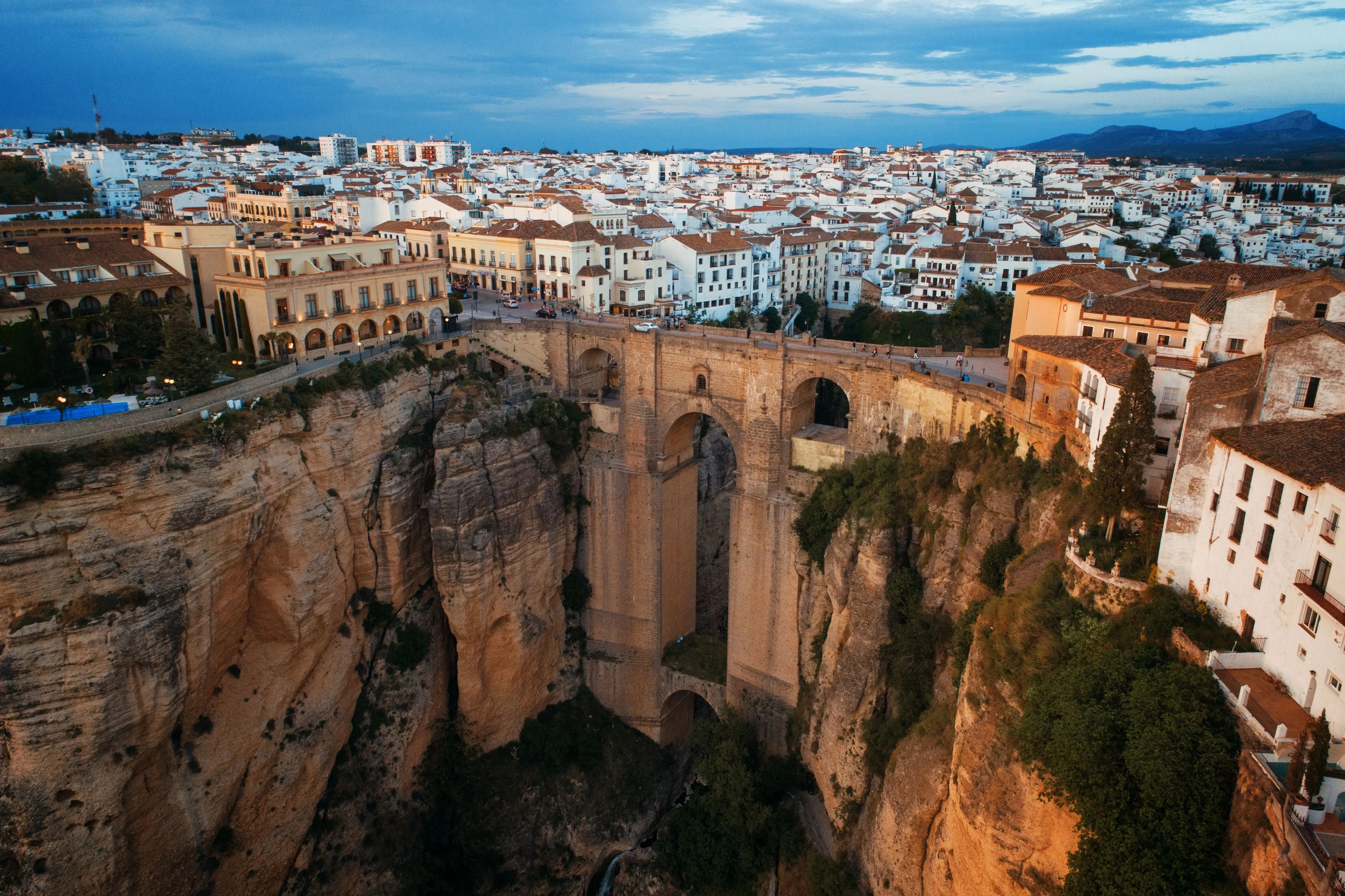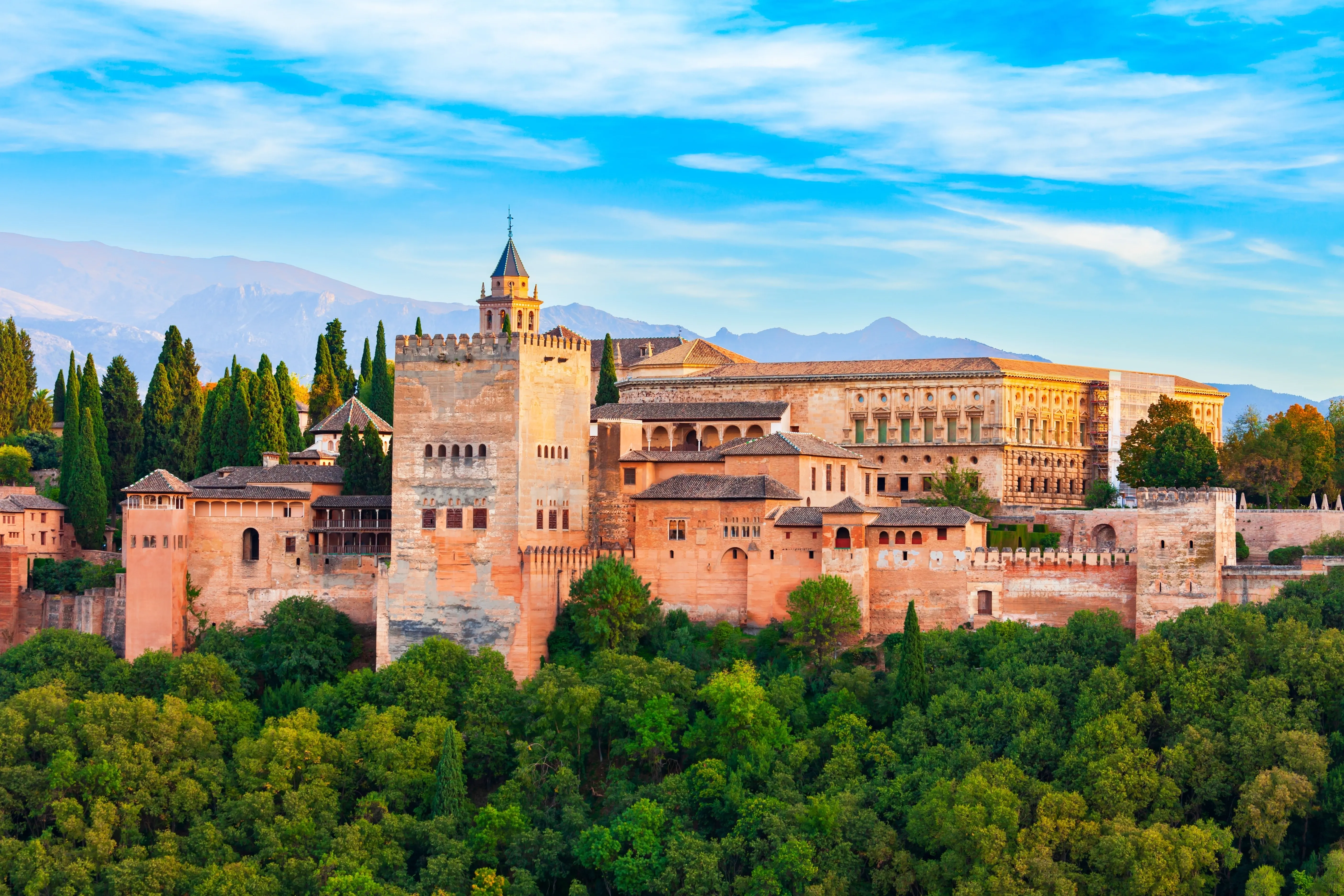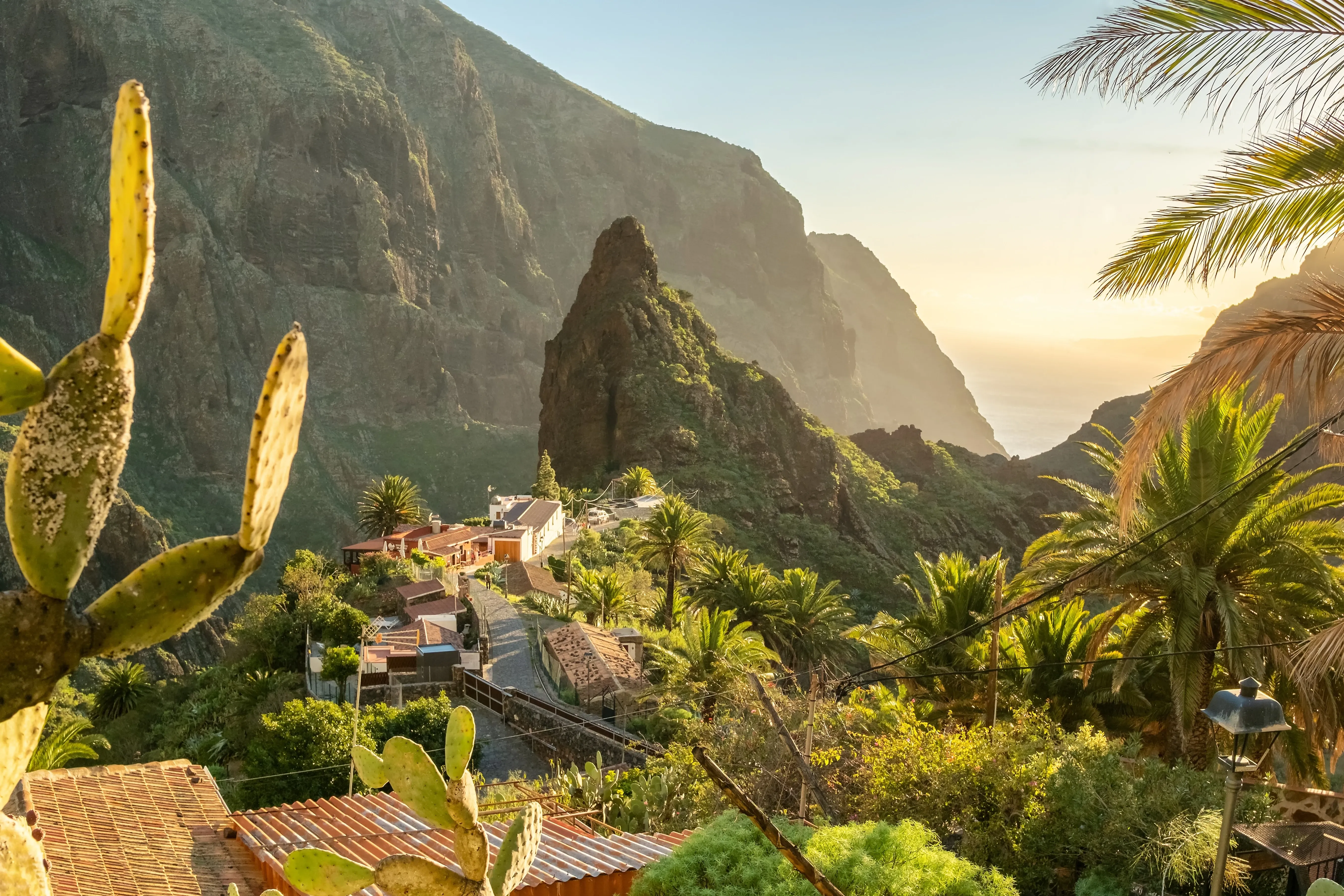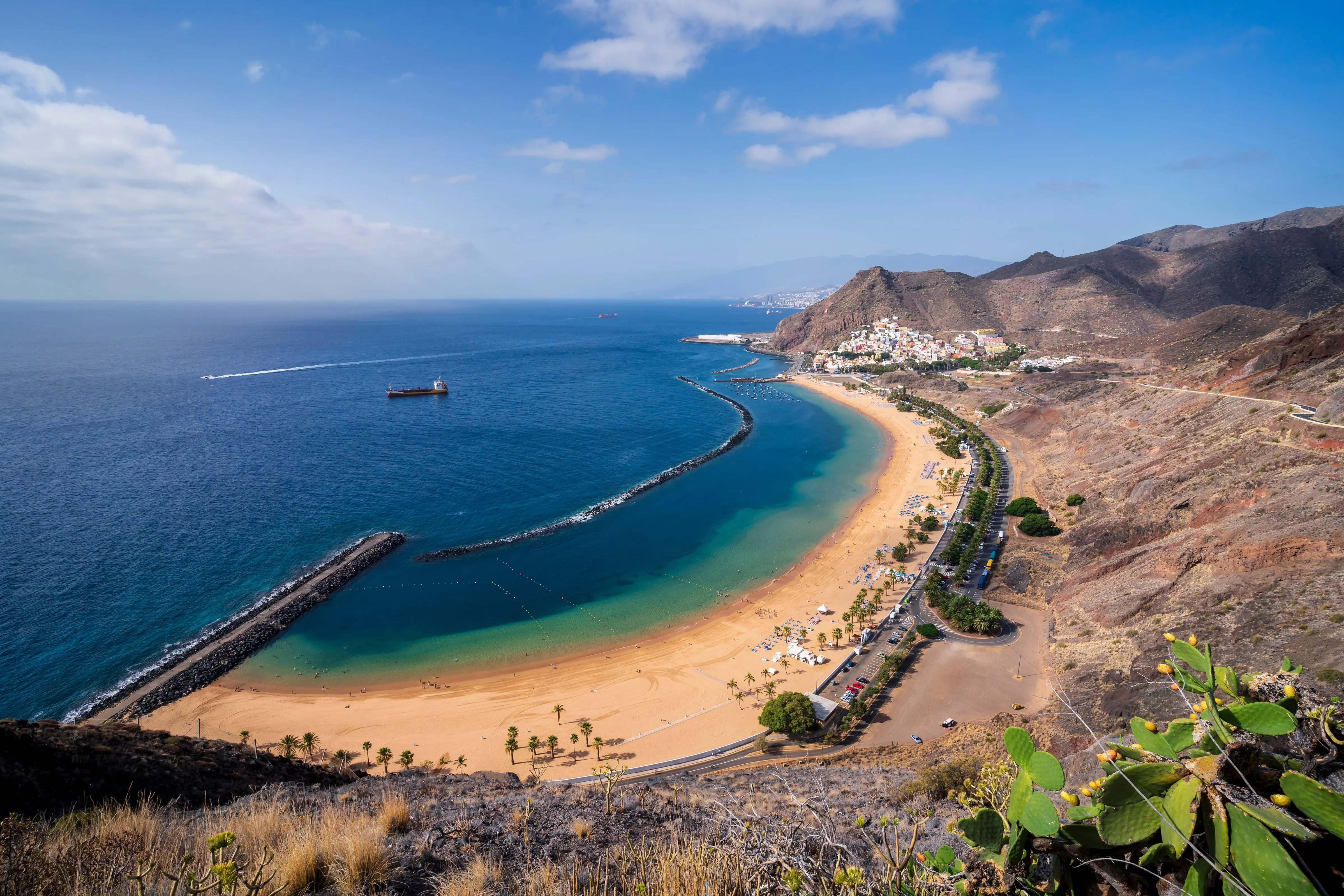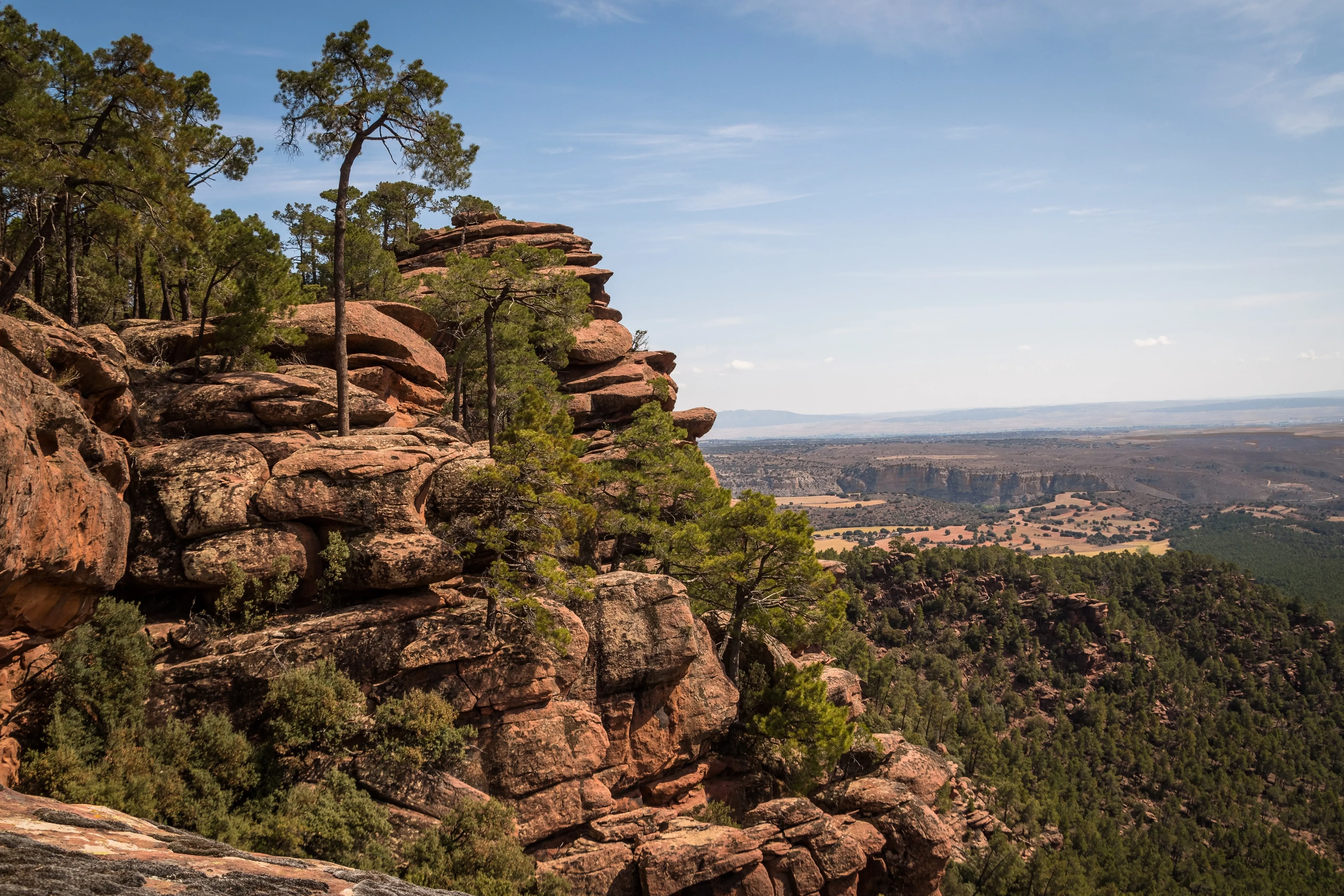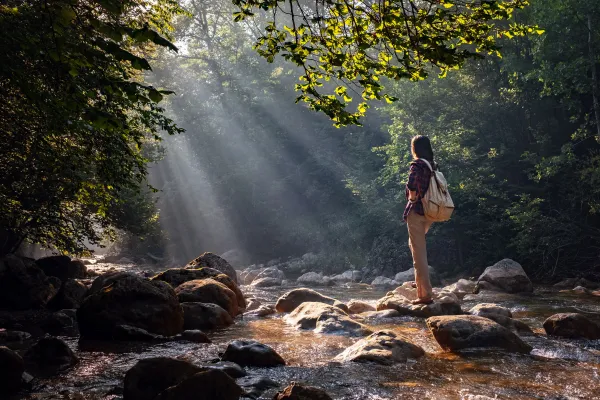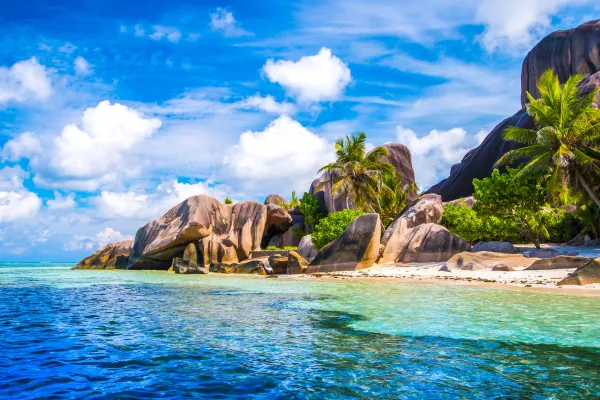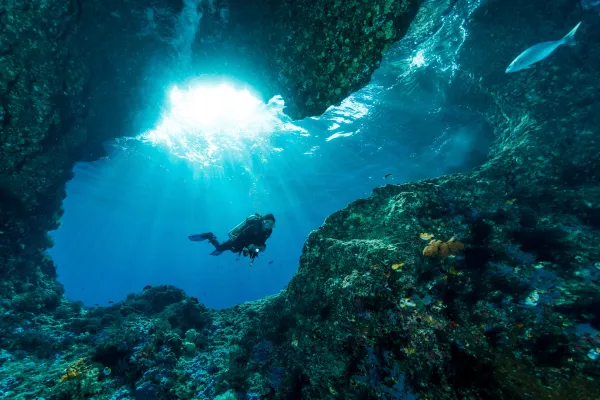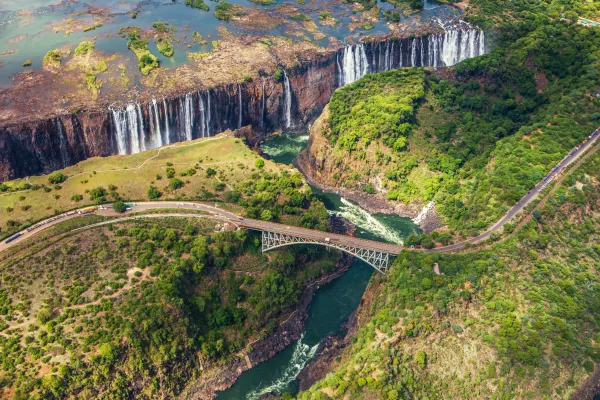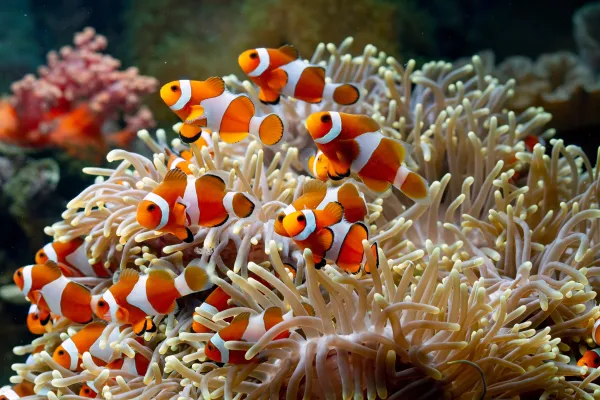Wild Europe: Ecotourism in Spain
Spain is known for its rich history, vibrant culture, fantastic food, and stunning landscapes. It stands out as one of the most sustainable travel destinations in Europe.
With fantastic biodiversity and an established nature tourism sector, ecotourism in Spain is set to thrive. Spain is a country known for its vibrant and colourful culture, its sunny and warm climate, and its lively and energetic atmosphere. From the bustling cities of Madrid and Barcelona to the picturesque villages of Andalusia and the Balearic Islands, Spain is a land of contrasts and diversity.
The lay of the land Spain
Located in southwestern Europe and taking up 82% of the Iberian Peninsula, the kingdom of Spain has a diverse and varied physical geography, with a range of landscapes and climates. It is bordered by the warm Balearic and Alboran Seas to the east and south, Portugal to the west, the Atlantic Ocean to the southwest, and the Bay of Biscay to the north. With its north-easterly land border connecting it to France, Spain has a total area of around 505,992 square kilometres. The Balearic and Canary Islands, which are in the Mediterranean and Atlantic Oceans, are part of this.
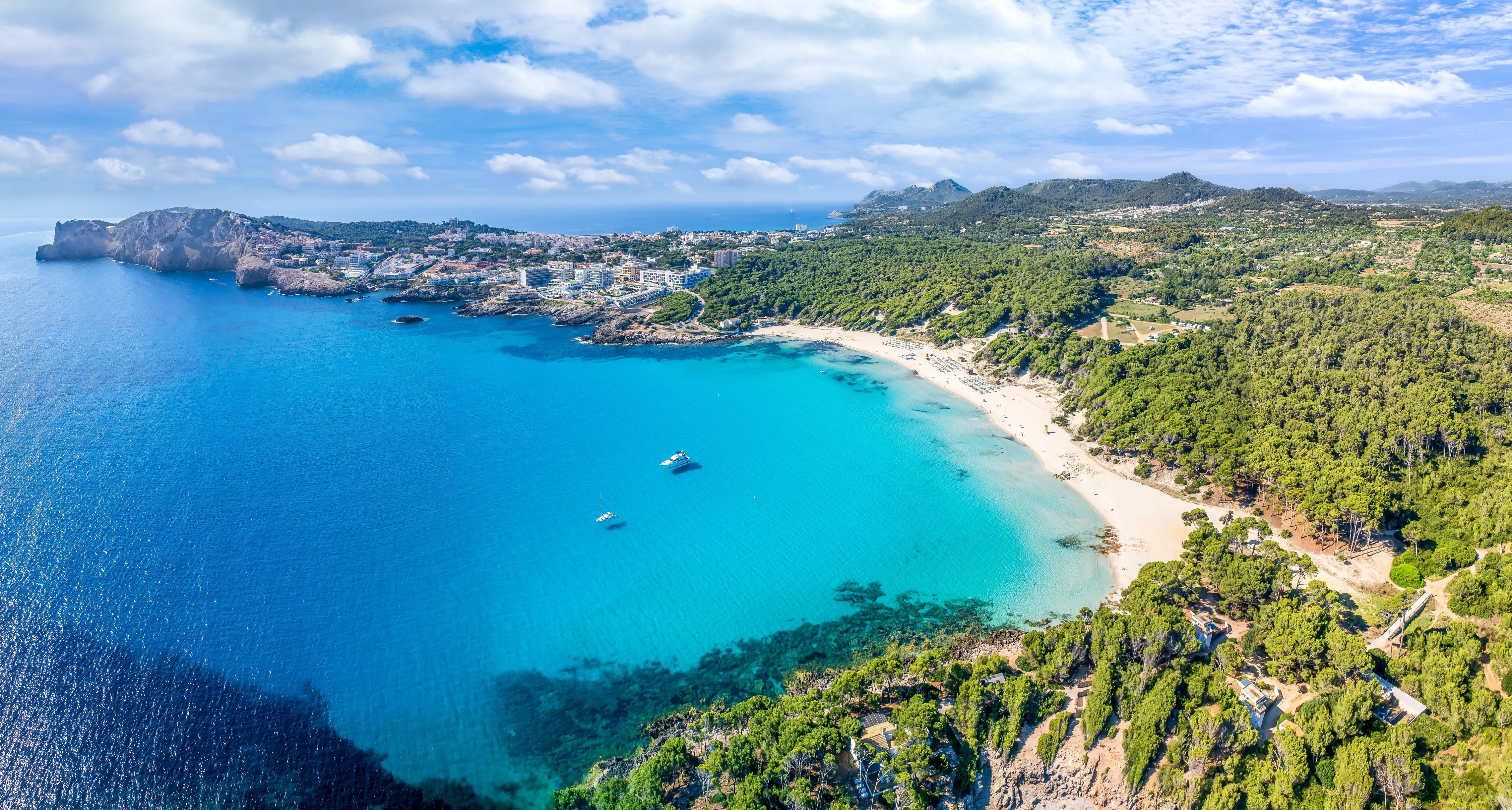
Spain is divided into several distinct regions, each with its own unique characteristics. In the north, there are the Pyrenees mountains, which form a natural border with France. To the east, there are the Meseta Central Plateau and the Ebro Valley, which are characterised by rolling hills and fertile plains. In the south and east, there are the mountain ranges of the Sierra Nevada and the Baetic Cordillera, which are home to some of the highest peaks. These mountains are separated by the Guadalquivir Valley, which is known for its fertile soils and Mediterranean climate. Finally, in the west, there are the Galician and Portuguese highlands, which are characterised by rugged landscapes and an Atlantic climate. Interestingly, the country's highest point is not even on the mainland, but in the Canary Islands. Mount Teide at 3715 m.
Spain is home to a number of major rivers, which are an important part of the country's natural heritage and play a vital role in the economy and the environment. The Ebro is the longest river, with a length of 910 kilometres. It flows from the Pyrenees Mountains in northern Spain to the Mediterranean Sea.
An ecological perspective
Spain is incredibly mountainous. In fact, it is the second-most mountainous country in Europe after Switzerland. Despite this, it is home to a diverse range of habitats, which support a rich variety of flora and fauna. These habitats include forests, which cover an area of more than 1.8 million square kilometres; temperate grassland, which covers 30 000 square kilometres; and wetland, which covers approximately 10 000 square kilometres. In general, the northern part of the country has the most lush, green, and wet zones, and as you head south, the country gets more dry and arid.
Iberian Conifer Forests cover parts of several mountain ranges in the country, including the Gudar, Cazorla, Baza, Sierra Nevada, and Javalambre ranges. Iberian Sclerophyllous and Semi-Deciduous Forests cover mainly the valleys, plateaus, and low plains, although much of this area has been converted into agricultural land. The north-eastern part of Spain is mostly made up of sedimentary rocks from the Mesozoic and Quaternary periods. The forests are of mixed evergreen, deciduous broadleaf, and conifer species.
Spain is also home to a number of different desert ecosystems. The most famous of these is the Tabernas Desert in Almeria. It is the only true desert in mainland Europe. With more than 8,000 kilometres of coastline, from rocky shores and sandy beaches to estuaries and lagoons, Spain is home to a diverse range of marine ecosystems. Red coral and the seagrass Posidonia oceanica live in the warm, clear waters of the Mediterranean Sea. Kelp, the seagrass Zostera marina, and the red algae Chondrus crispus live in the cooler, rougher waters of the Atlantic Ocean.
Spain’s wildlife
From the towering peaks of the Pyrenees to the arid plains of Andalusia, Spain's varied landscapes support a wide range of wildlife. One of the most iconic species found is the Iberian lynx, the most endangered feline species in the world. There is also the Spanish ibex, a type of wild goat found in mountainous regions; the Los Asturcones, a breed of horse that is native to the Asturias region of northern Spain; the European brown bear; and an estimated population of 2500 Iberian wolves. An impressive variety of birds includes the Spanish imperial eagle, the golden eagle, and the griffon vulture.
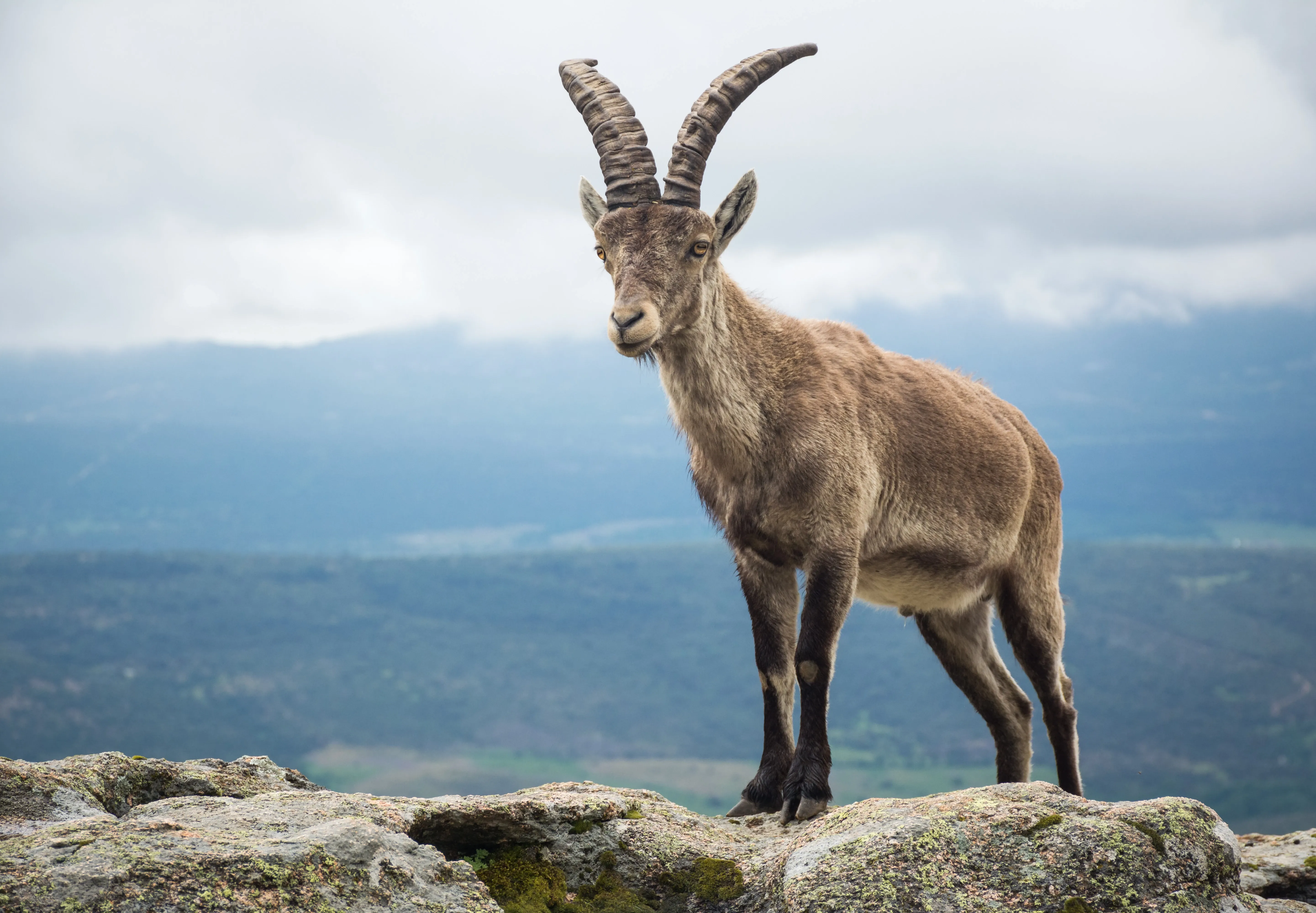
The Mediterranean monk seal, one of the most endangered marine mammals in the world, can be found here too. Sadly, there are only an estimated 500 individuals left in the wild. Spain is also home to many other species of marine mammals, including dolphins, whales, and porpoises. The country's waters are also home to a wide variety of fish, like the European anchovy, the Atlantic bluefin tuna, and the European eel.
Spain’s vegetation
Spain is a country with rich and diverse vegetation, with a wide variety of plant species growing across its beautiful landscape. The Mediterranean forests, woodlands, and shrublands are dominated by oak, pine, and cork trees, while the temperate coniferous forests host trees such as pine, spruce, and fir. The Spanish gorse, the Spanish lavender, and the red poppy are wildflowers that can be found in fields and meadows across the country, adding colour and vibrancy.

Sea lavender is a beautiful wildflower found growing along the rocky shores of many of Spain's coastal areas. It is known for its delicate purple flowers and its sweet, honey-like scent. Prickly pear cactus and Spanish broom are also found along the coastline. Below the waves, seagrass, algae, kelp, and coral reefs can be found.
Ecotourism destinations in Spain and nature conservation
Spain is home to 16 national parks. The Doñana National Park, located in the provinces of Huelva and Seville, is one of the largest and most important national parks and covers an area of around 5430 square kilometres. It is a popular destination for birdwatching and wildlife viewing and offers a wide range of hiking and biking trails. The Teide National Park on the island of Tenerife is both unique and fascinating, offering spectacular views of the island's volcanic landscape. It covers an area of more than 190 square kilometres and is home to the highest peak in Spain, Mount Teide (3,718 meters). The Sierra Nevada National Park is also truly beautiful and well worth a visit. Off the coast, most of the Canary Islands have been declared Unesco Biosphere Reserves and provide phenomenal beach and marine experiences.
Hikers' favorite
One of the most famous hiking trails in Spain is the Camino de Santiago, also known as the Way of St. James. This ancient pilgrimage route stretches across the country from east to west, and it is considered one of the most important and historic hiking trails in Europe. Thousands of hikers from around the world flock to Spain each year to walk the Camino de Santiago, and the trail is known for its beautiful scenery, rich history, and spiritual significance.
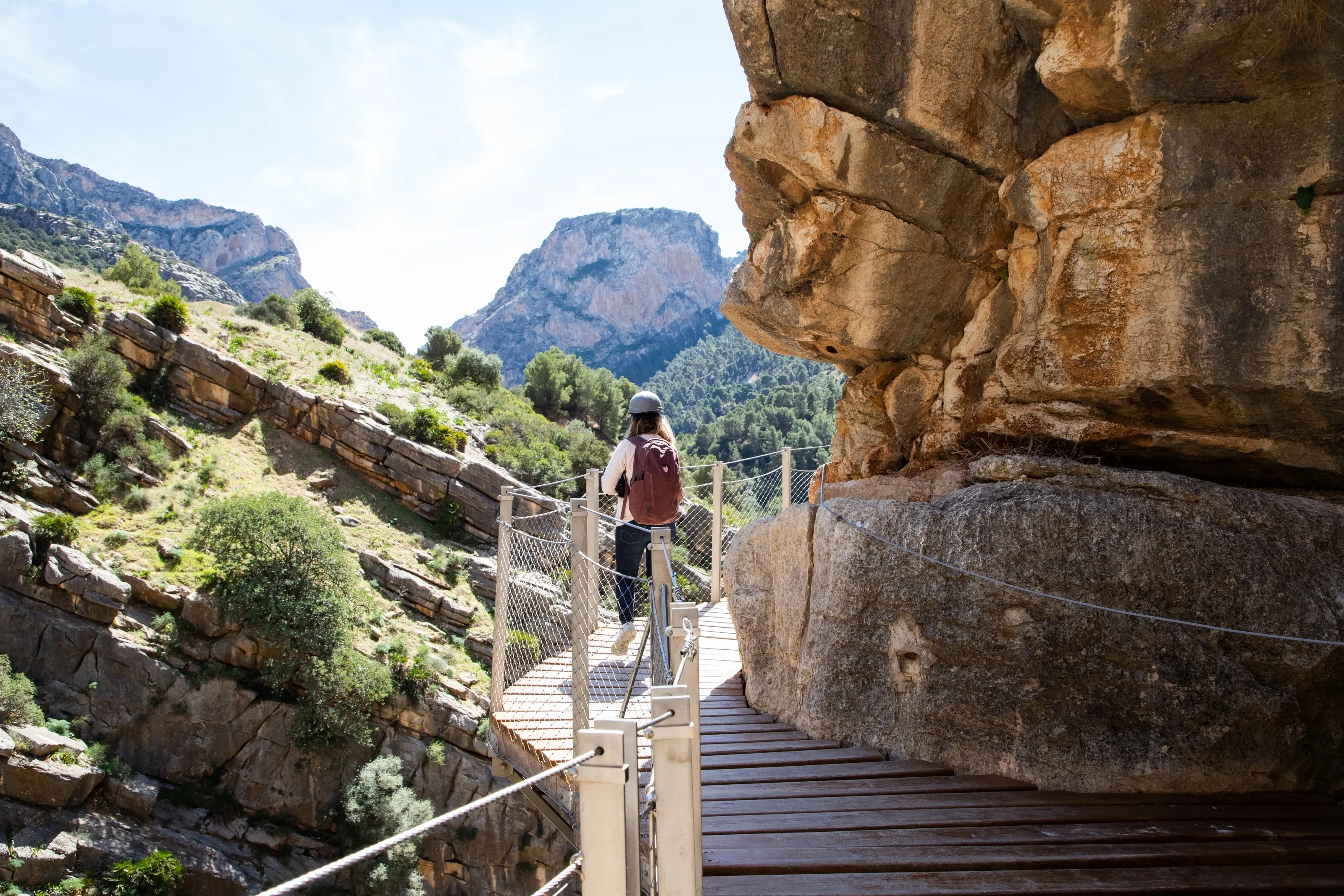
Another popular hiking destination in Spain is the Caminito del Rey, a narrow walkway that clings to the side of a steep canyon in the Andalusia region of southern Spain. The Caminito del Rey is known for its breathtaking views and its challenging terrain, and it has become a popular spot for hikers and thrill-seekers alike. Spain is also home to the Picos de Europa, a range of mountains in the northern part of the country. The Picos de Europa offer some of the most beautiful and challenging hiking trails in Spain, with towering peaks, deep gorges, and stunning views.
Top spot for marine fans
The Canary Islands are a popular destination for ecotourism with their beautiful beaches, warm climate, and rich marine life. From snorkelling and diving to whale and dolphin watching, there are many activities for nature lovers to enjoy. One of the most popular marine activities is snorkelling.
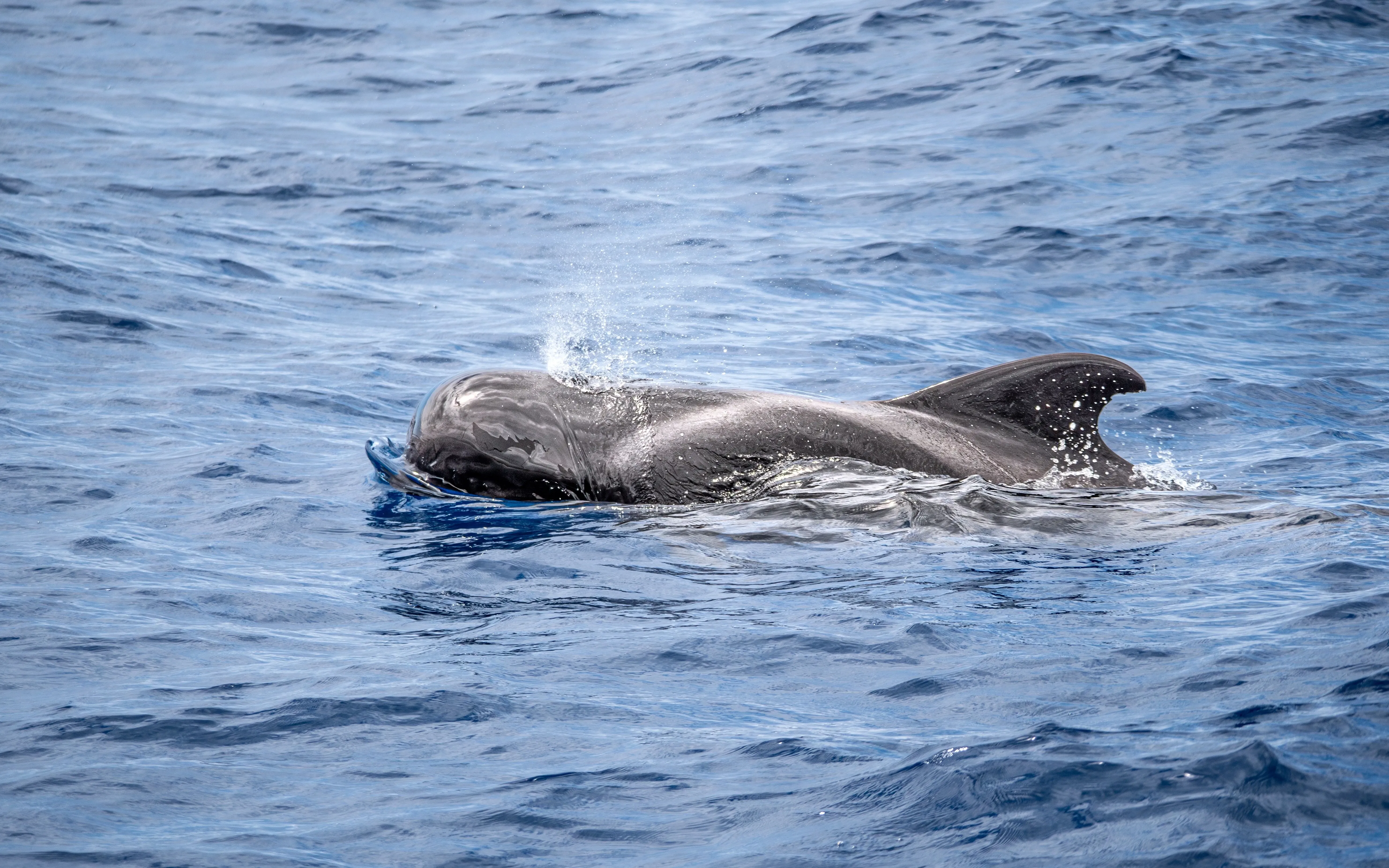
The clear, warm waters around the islands offer excellent visibility and are home to diverse marine life, including colourful fish, sea turtles, and octopuses. There are many snorkelling spots to choose from, including the crystal-clear waters of Playa de las Teresitas in Tenerife and the underwater caves of La Graciosa in Lanzarote.
Another popular activity in the Canary Islands is whale- and dolphin-watching. The waters around the islands are home to many species of whales and dolphins, including bottlenose dolphins, pilot whales, and even orcas. There are many companies offering whale and dolphin watching tours, which allow visitors to get up close and personal with these fascinating marine animals.
Spain is certainly a top worldwide ecotourism destination. With green spaces, beautiful beaches, mountains, nature reserves, picturesque islands, and historical pilgrim sites, the country has plenty of options for naturalists and eco-travellers to do their part in keeping this Mediterranean paradise a global sustainability leader.
Source references:
Espana
Biodiversity.eu
World Atlas
Nations Encyclopedia
The European Nature Trust
Rewilding Spain
Sign up for the newsletter
By clicking on “Subscribe now” I will subscribe to the Conscious Explorer newsletter with all the information about mindful travel. Information on the success measurement included in the consent, the use of the shipping service provider MailChimp, logging of the registration and your rights of revocation can be found in our privacy policy.
